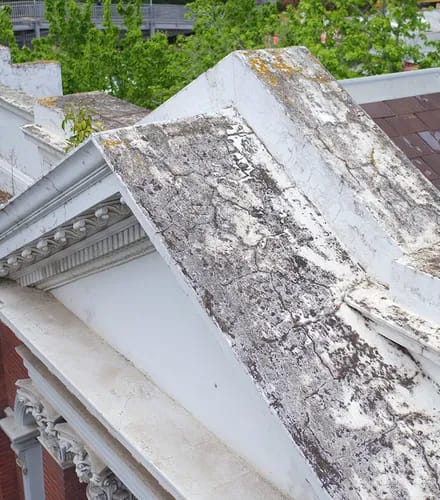
Architects and designers
✔ Confirm site feasibility
✔ Identify service easements and setbacks
→ Inform designs without risking future conflicts
An underground services survey (or utility locating survey) identifies and maps buried infrastructure – like water pipes, sewer lines, electrical conduits, communication cables, stormwater drains and gas mains.
Before any design, excavation or construction activity, you need to understand what lies beneath your site. Locating underground services prevents utility strikes, supports safe construction and ensures compliance with worksite regulations.
In many cases, it's also a necessary input for engineering design, authority approvals or asset documentation.
You can't afford to guess what's beneath your site. Underground service locating is essential for:
While Dial Before You Dig (DBYD) is a useful first step, it doesn’t guarantee accuracy. It’s not a physical investigation. That’s why on-site verification through a qualified underground survey is essential.

From early-stage design to on-the-ground excavation, underground service locating helps ensure safe and efficient work across sectors.

✔ Confirm site feasibility
✔ Identify service easements and setbacks
→ Inform designs without risking future conflicts

✔ Map pre-construction service
✔ Validate setout and clash avoidance
→ Reduce disruption and rework on-site

✔ Support road, park and asset upgrades
✔ Meet safety obligations for civil works
→ Enable transparent planning and approvals
Locating buried services isn’t as simple as using a single tool or technology. In practice, it requires a combination of desktop research, on-ground scanning, interpretation and spatial surveying. Here’s how it works:
We start by assessing all the available information. This might include Dial Before You Dig (DBYD) responses, as-built drawings, previous survey plans and utility authority data. These documents provide initial guidance, but are often incomplete or outdated.
Specialist technicians use detection equipment to identify underground services. This includes:
Once we've detected and marked services on the ground, a licensed surveyor records their locations using GNSS, total stations or laser scanning. This data is then drafted into digital outputs that align with your site base plan or coordinate system.
Landair’s underground service surveys provide data in formats that can be integrated into planning, design or construction workflows. Typical deliverables include the below.
We can add underground data to your broader feature and level, cadastral or as-built surveys for a unified output.
Showing detected services with appropriate annotations and confidence levels.
Combining surface feature and underground data into one comprehensive dataset.
Showing key detection areas, marked to show service locations and support future verification.
Detailing the methods, equipment used, service conflicts and any detection limitations.
It’s best to conduct underground surveys before finalising design, before applying for permits or ahead of any excavation activity. That means: